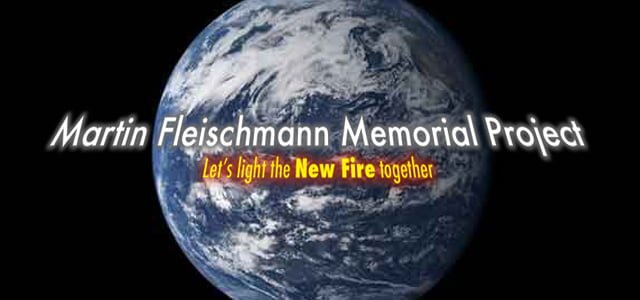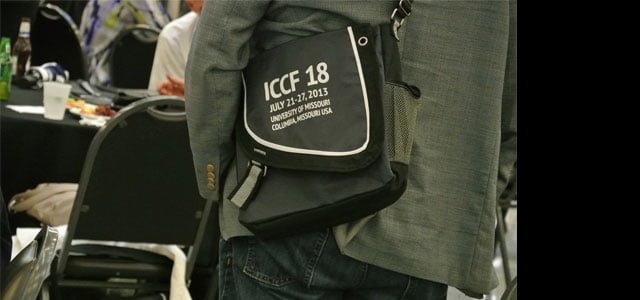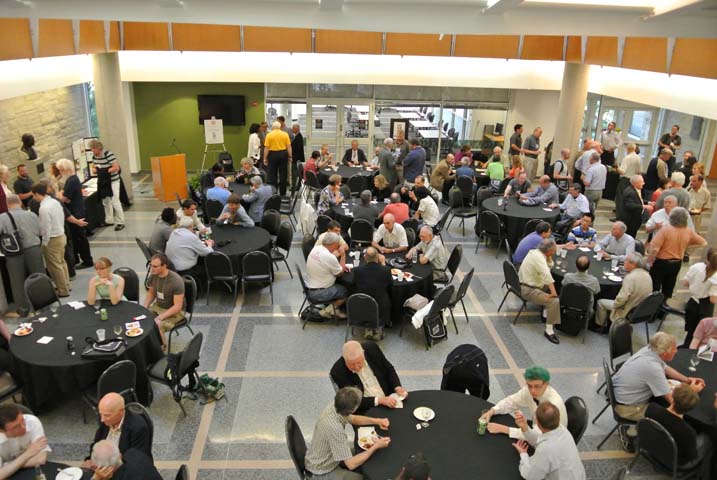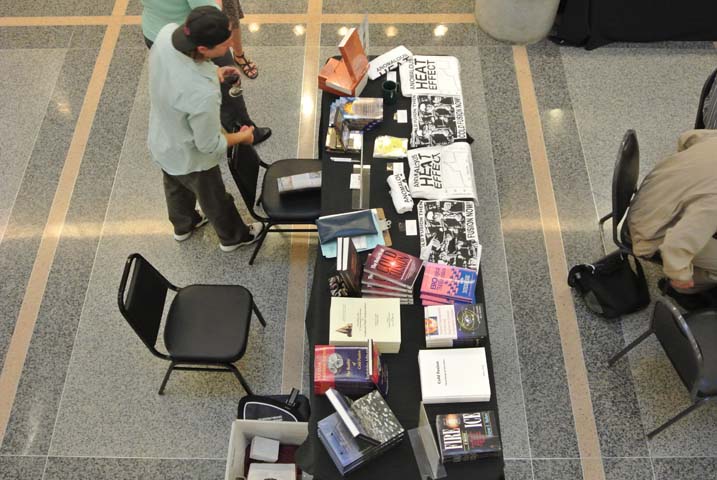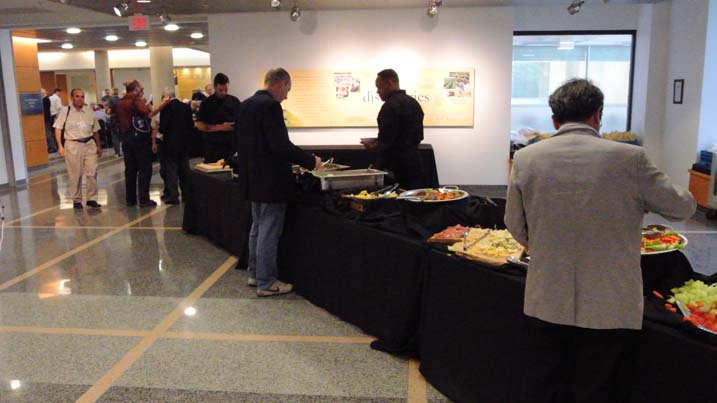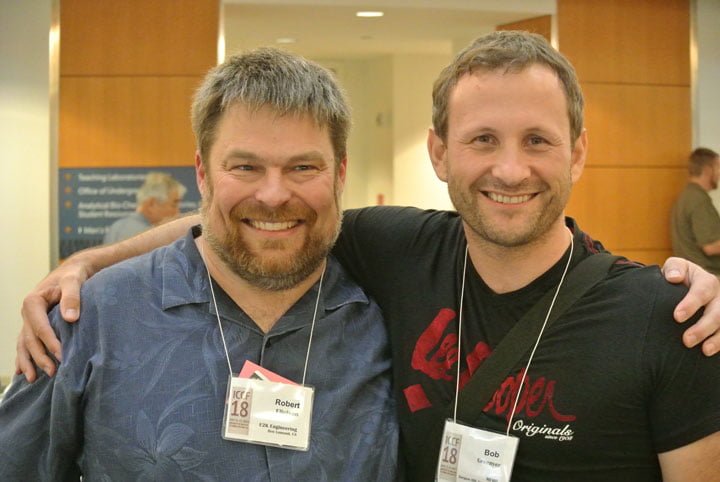The Open Power Association at Hydrobetatron.org published Newsletter #12. The original newsletter N 012_Luglio_2014_Ottimizzato in Italian is here.
Excerpts below are google-translated to English, then, in some cases, slightly smoothed out.
********************************************
Dear Friends, there is much news this month!
 1
1
It is a matter of pride for us, as well as honor, be able to announce that Our Scientific Director Ugo Abundo has been officially invited as a speaker at: “First International Workshop on on Nuclear Syntheses Without Harmful Radiations”
Organizers: A. Bhalekar (India), C. Rope (Italy), and T. Vougiouklis (Greece)
http://www.santilli-foundation.org/ICNF-ECNAAM-2014.php
Session 110 of the ICNAAM meetings in Rhodes, Greece, September 22 to 26, 2014
http://www.icnaam.org/sessions_minisymposia.htm
TITLE: An Intrinsically Irreversible, Neural-network-like Approach to the Schrödinger Equation and some Results of Application to Drive Nuclear Synthesis Research Work
 2
2
010 NEW REPORT: Open Power Association Main aspects in the modeling of an electrolytic cell: effect of parametricoinvolti.
Study of Anomalies [.pdf]
Theoretical Analysis: Prof. Michele Di Lecce
Experimental Campaign: Prof. Ugo Abundo
It is also experimental evidence for the presence of anomalies that existing partial models do not wholly explain, first of all the “negative resistance” that many cite as a condition for the possibility of direct extraction of electrical energy from the natural oscillations of the plasma.
This report also analyzes the main aspects of the behavior of an electrolytic cell, in order to gain a following consistent pattern that frames the role of the parameters involved, and operational status, the complexity of the response to the operating conditions.
The data of the experimental campaign (more than 400 structured tests) conducted by varying the interelectrode voltages, the exposed electrode surfaces, the interelectrode distance, the temperature, the concentration of electrolyte, reading the resulting intensity of the circulating current and detecting any scintillations to the cathode and electromagnetic waves (frequency and intensity) show different anti-intuitive aspects.
It will be the task of a subsequent report grant the concomitant phenomena, and often antagonists, in order to obtain a model of the mechanisms, with some parameters to be estimated by means of ad-hoc tests, usable as a forecasting tool for the design and operation of equipment for plasma electrolytic.
To a classical scheme of the electrolytic cell and its power supply system, is added, in parallel to the electrodes, a series RC circuit with the load (lamp), to which the alternating voltage is monitored extremes generated, which turns on the lamp.
Full report: http://www.hydrobetatron.org/files/REPORT-n.-10_Ottimizzato.pdf
3
We are pleased to announce that by unanimous decision the Executive Our Association “Open Power” resolved to ‘inclusion as Honorary Member of: Prof. Walter A.N. Valeri “For scientific merit and Scholars”
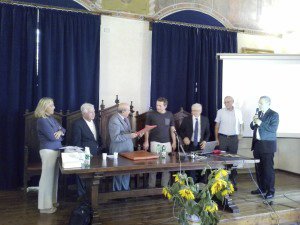 4 In the scope of the conference “Innovation and Research” held in Assisi June 28 last was the official candidate of the MFMP (Martin Fleischmann Memorial Project) and Francesco Celani for the Nobel Peace Prize.
4 In the scope of the conference “Innovation and Research” held in Assisi June 28 last was the official candidate of the MFMP (Martin Fleischmann Memorial Project) and Francesco Celani for the Nobel Peace Prize.
“Innovation Research Conference on the trails of Matter and Spirit,” Gen. Murace delivery to Bob Greenyer, Francesco Celani and Ubaldo Mastromatteo for Live Open Science for Peace.
video: http://www.francescocelanienergy.org/
5
ALWAYS PRESENT! Interviews with major initiators of cold fusion in Italy:
Profs. Giuliano Preparata, Emilio Del Gudice and other researchers with limited funds braving the hostility of the official academic culture and started the first fundamental studies that have contributed to the present results. The interviews were extracted from a RAI program: Format of a few years ago.
VIDEO: http://www.youtube.com/watch?v=0_sHXk2ixbc
 6
6
WE ARE PLEASED TO ANNOUNCE ALSO THE MANAGEMENT OF OPEN POWER HAS RESOLVED THE ‘START OF A TRIAL ON THE BROWN GAS
Segnialimo ‘s article by Luciano Saporito on Brown’s Gas: Yull Brown (an Energy for the Future)
Full article: http://www.hydrobetatron.org/files/GAS-DI-BROWN_Articolo.pdf
 7
7
ARTICLES PUBLISHED IN THE SECTION OF HYDROBETATRON.ORG
PROF. CHRISTIAN ROPE ON GRAVITATIONAL WAVES “GRAVITATIONAL RADIATION OF FUND AS SNAPSHOT OF THE UNIVERSE PRIMORDIAL” Much has been made recently of the so-called gravitational waves, also because of the ‘”Antenna” for the detection of the same which is under construction in Cascina, near Pisa, the famous Project VIRGO …
Full article: http://www.hydrobetatron.org/files/ChristianCorda.pdf
8
“Turn Tesla patents car open-source” Elon Musk, we free the way for the creation
ARTICLE copleto: http://www.ansa.it/sito/notizie/tecnologia/hitech/2014/06/13/svolta-tesla-brevetti-auto-open-source_53a6368d-06f9-4db0-ac03-0b569dd6d28b.html
“Bicycles in the anti-aircraft bunker, when saved the life cycle”
The ancestors of our bike-generators come from the bunker of World War II, where pedaling meant to ensure the continuity of ventilation systems and ventilation
Full article: http://www.tzetze.it/2014/07/biciclette_nei_bunker_antiaerei_quando_pedalare_salvava_la_vita/
9
“Environmental Crimes 213 billion a year”
Did you know that the global environment-related crime in the name of profit goes over to any rules and rule on the enforcement of ecosystems has a turnover of about 213 billion dollars every year?
photo: unimondo.org
Full article: http://www.tzetze.it/2014/07/crimini_ambientali_per_213_miliardi_di_dollari_lanno/
New Law on Forests: Here comes the green light in the Lombardy Region for minorities and associations: “Easier to cut the woods»
Full article: http://milano.corriere.it/notizie/cronaca/14_luglio_09/nuova-legge-foreste-arriva-via-libera-regione-bda1f196-073f-11e4-99f4-bbf372cd3a67.shtml
10
“Greenhouse gas emissions: just 18% from the livestock sector”
The FAO report: “In his 2006 report ‘Livestock’s Long Shadow’, – true milestone on the subject – FAO had found that 18 per cent of all greenhouse gas emissions were caused by the livestock sector, taking into account the entire life cycle aggregate. The final report on greenhouse gas emissions will take the same approach, but using updated data and providing a disaggregated analysis of the different production systems, as well as indicating solutions for manufacturers, for the processing industry and for the political organs. ”
Full article:
http://www.lafucina.it/2014/07/09/emissioni-di-gas-serra-18-solo-da-settore-zootecnico/
“THE SECRET OF SHAME ALEMA” FEPES (Foundation for European Progressive Studies
2008 to present, the FEPS has received 16.7 million Euros!
Massimo D’Alema is committed to the FEPS, Foundation for European Progressive Studies. The former prime minister has been president since 2008.
And the public support for our Open Power Association, which is responsible for identifying energy “cheap, clean, inexhaustible”? ZERO EURO! How so?? This type of research study is unimportant? Or maybe we are not as good as those of the “FEPES”?!
“But all this confirms the mechanism of a double-track EU austerity for citizens and then payments to parties and foundations” … D ‘Alema help you …
Full article: http://www.tzetze.it/redazione/2014/06/il_vergognoso_segreto_di_dalema/index.html
11
DOES NOT SEEM REAL: “At the expense of our 70 nuclear warheads on the Italian territory”
According to a survey by L’Espresso, Italy is by far the country which holds the highest number of U.S. nuclear weapons.
Full article: http://www.tzetze.it/2014/07/a_spese_nostre_70_testate_nucleari_presenti_sul_territorio_italiano/
******************
See also:
Open Power Association Newsletter #11







